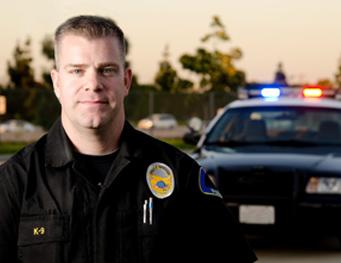
The perceived benefits of using body-worn cameras by law enforcement include better evidence documentation and increased accountability and transparency. Video recording systems worn by the police record their interactions with the public and collect visual evidence at crime scenes. Other benefits include:
- Helps avoid confrontational situations by increasing both officer and citizen accountability
- Helps provide a more accurate record of events
- Improves transparency as the public can see video evidence of police activities/encounters
- Reveals officers who engage in misconduct
- Allows the footage to be used for training to enhance officer performance
Some Minnesota judges feel that video transcription of body-cam interactions would further improve evidence documentation for investigations and prosecutions.
The Second Judicial District’s policy is that “the party intending to introduce a recorded statement (video, and/or audio) must … prior to trial timely prepare, serve and file a verbatim transcript of the recorded statement.”
However, prosecutors say that as body-cam footage becomes omnipresent in judicial proceedings, the demand for transcripts could present a problem. It could raise costs significantly if judges wanted a transcript for every piece of video evidence admitted in court. A legislative bill aimed at addressing the issue has been submitted. Those who support the bill point out why the demand for transcripts is not feasible:
- Body cams record situations where multiple voices speak simultaneously, and footage often is captured in chaotic or violent situations. So, making out what’s said is often impossible.
- Some police incidents can involve several officers with body-cams. If digital transcription were made a necessity, the bill proposal states that local governments may decide not to use body cameras.
- Minnesota’s public defenders handle 145,000 cases a year and growing video already is a resource drain. Transcription costs would add to that.
- Public prosecutors would have to review all the transcripts and then find ways to file, store and transport them securely to jail houses so clients can view them.
- Public defenders’ offices would need to have a content management system that can support the burgeoning digital content.
Nevertheless, an expert says that it is difficult to find a legislative solution to the video transcription problem. Even if a state law is passed, there would be a problem if it is in conflict with court rules. He says that if courts do insist that litigants prepare body-cam transcripts on a regular basis, it should be made clear that the state will not reimburse those costs.



